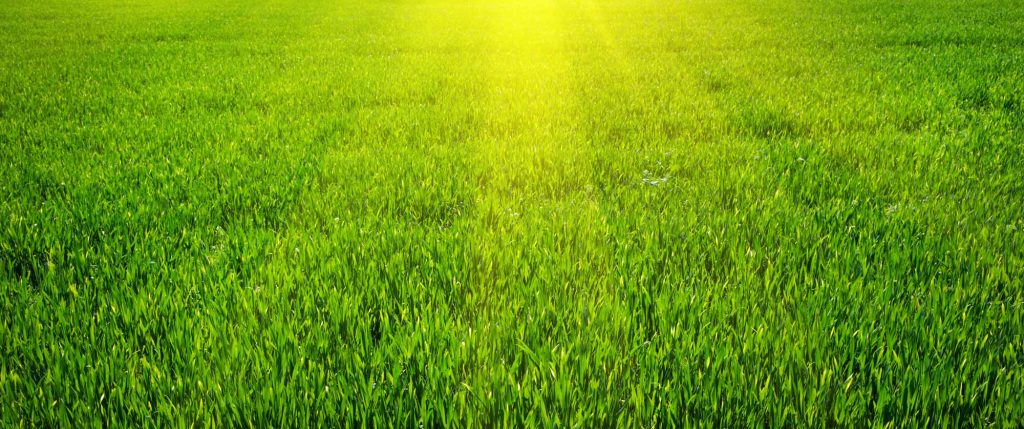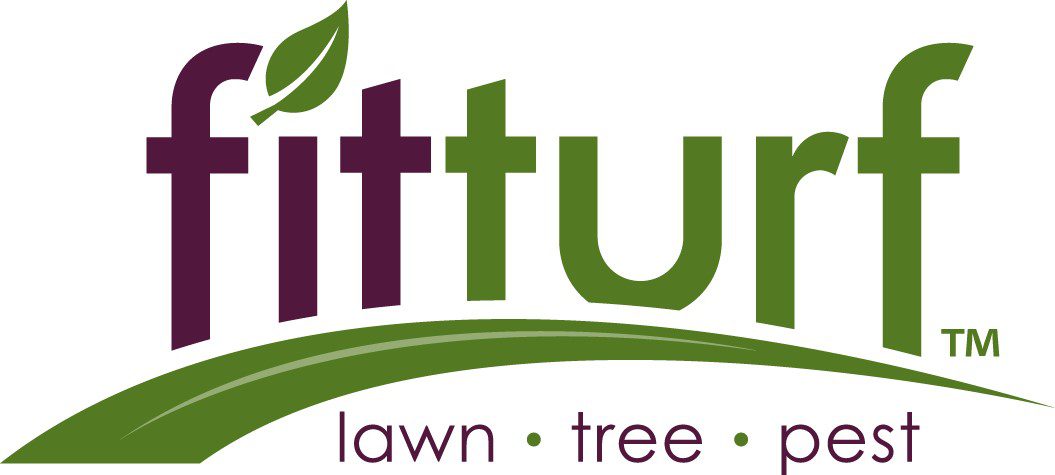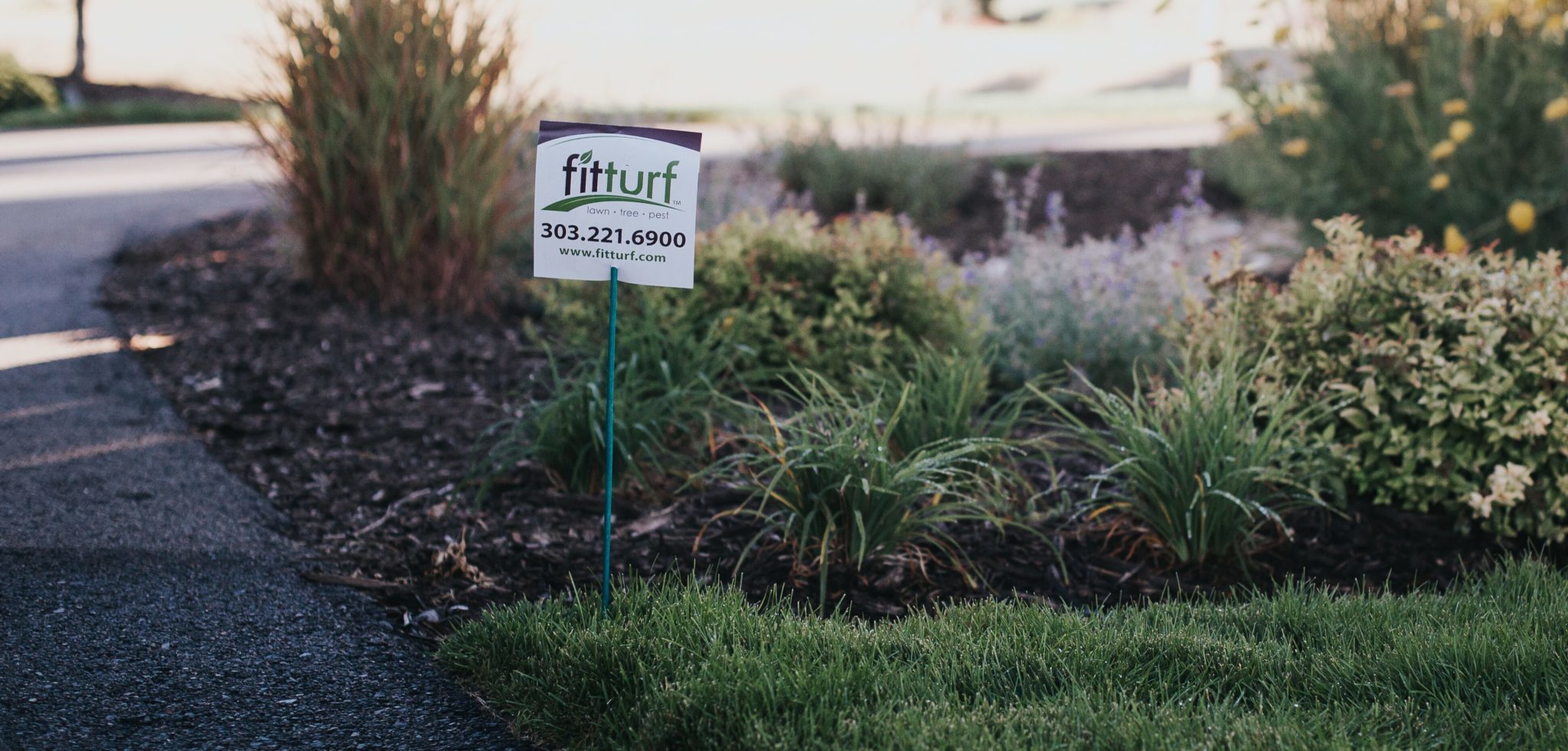Best Fertilizer for a Healthy Green Lawn in Denver

Do you desire a picturesque lush green lawn like those featured on websites and magazines? It’s not a difficult feat with some bit of hard work and knowledge. All your turf requires is nutrients, water, and sunlight in the right quantities and frequency to grow well.
If your grass looks pale green to yellowish, it may indicate that some nutrients such as iron are lacking. The discoloration may be all-over or appear in patches, and the leaves may also exhibit chlorosis—the lawn thins and wilts in severe cases, almost like drought stress.
Read on to learn more about the best fertilizer for a healthy-looking lawn.
Best Type of Fertilizer for Your Denver Lawn
The best fertilizer for your lawn is the kind that provides all the nutrients needed by the grass. Denver has clay loam and sandy soil that is primarily alkaline and lacks organic matter. The soils can benefit from both organic and inorganic fertilizers.
There are three different fertilizers to choose from, each with its pros and cons.
1. Organic Fertilizer
One of the reasons organic fertilizer is excellent for Denver soils is because it adds organic matter to the soil. Organic matter is an essential component of the soil as it helps minerals decompose faster, making them available to plants. It also increases soil retention capacity for nutrients and water while containing toxic elements. In addition, it seldom burns the plants and releases slowly, lasting longer.
The only drawback is that the fertilizer may be a bit pricey and applying takes effort. Organic fertilizer includes treated sewer sludge, animal manure, poultry feathers, and corn gluten. Corn gluten has the advantage of stopping the growth of weeds.
2. Nitrogen Fertilizer
Nitrogen is responsible for foliage growth in plants. Therefore, lawn fertilizer should be high in nitrogen compared to other macronutrients. Once applied, it takes a few days to weeks to break down and be available to plants.
Urea is an example of a nitrogen-only fertilizer, but it’s not recommended for residential use. If over-applied, nitrogen can burn plants, at 46% leave urea application to expert lawn fertilizer service. Use a milder nitrogen fertilizer for residential purposes and remember to follow the application instructions. For best results, you should use a rate of 1 lb for every 1000 sq ft.
Nitrogen fertilizer is made from petroleum products and is very high in nutrients.
3. Balanced Synthetic Fertilizer
Plants require other macronutrients such as phosphorus, potassium, and micronutrients such as iron, magnesium, calcium, and more. Colorado soils bind iron in the soil, making it unavailable to grass. Therefore, you need to apply a fertilizer rich in iron to ensure a healthy lawn.
A balanced fertilizer contains both macro and micronutrients needed by lawn grass to thrive. If your grass still has chlorosis even after applying nitrogen, you may have an iron deficiency. According to Colorado State University, the answer is a balanced fertilizer containing iron and phosphorus.
Applying organic matter at planting also helps avail macronutrients to the soil.
Other Considerations When Choosing a Fertilizer for Your Lawn
Other than the nutrients, fertilizers may combine with other chemicals such as weed killers, crabgrass, and insect or grub control. Chemicals should be applied sparingly or as needed as too much of a good thing is poisonous. For instance, nitrogen can leach to groundwater, especially in sandy soils such as those found east of Denver.
Consider the following before buying combined fertilizer with extra functions.
1. Do You Need a Weed Killer?
Before buying a weed and feed fertilizer, you should know that weed killers don’t distinguish between weeds and other plants. It will affect all broadleaf plants, including trees, flowers, and shrubs. Over time they may even begin to die.
Do not get into the habit of applying a weed killer in anticipation of weed growth. It’s not good for the environment. It is better to spot spray weeds on sight. But if you have a significant problem, using weed and feed once is not a problem but do not make it a habit.
2. Do You Have a Crabgrass Invasion?
If you do, a crabgrass preventer in combination with feed may be a good idea. But if not, only get the feed. Note, if you did not spot any crabgrass last year, chances are you do not have a problem. If you notice the weed in March-April, it is probably orchard grass, quack grass, or smooth brome that are not affected by crabgrass preventer.
The crabgrass grows in early or mid-spring in most of Denver and dies over winter. When the soil warms up during summer, it grows from the seeds. Apply crabgrass preventer along with the feed if you are sure you have the weed on your lawn.
3. Do You Need to Control Insects or Bugs?
Except for a few, such as billbug and sod webworm, most of the other bugs are not a problem during the cooler months. They affect the grass in spring and summer. But if your lawn is affected, apply insect killers and feed separately. Signs of white grub attack on your lawn include thinning yellowing grass due to damaged roots, the grass feeling spongy and easily pulled out, random brown patches, and increased activity from raccoons and moles.
Fertilizer Release Rate
Fertilizer is either slow release or quick release. The best option for your lawn contains both slow and quick-release nutrients. 100% quick release makes your grass grow too quickly. As a result, the tender growth cannot survive during hot weather. But with slow release, a plant grows slowly and steadily for maximum strength to withstand adverse conditions.
Best Time to Fertilize
Avoid fertilizing during hot weather. The best time to fertilize is late spring in May or during early fall.
Take the time to inspect your turf for signs of nutrient deficiency and take appropriate action for a beautiful green lawn. But if you cannot do it yourself, you can always seek the services of a professional lawn fertilizer service.
Lawn Fertilizer Service
Your lawn requires a lot of attention in identifying, testing, and dealing with potential issues before they become a problem. You should know what nutrients are lacking and the best fertilizer options on the market.
Fit Turf can help. We offer a variety of services to ensure you have the lawn of your dreams. From fertilization, insect management, disease management, and weed control, we’ll have your lawn lush green in no time. Contact us to learn more about how we can help you.

